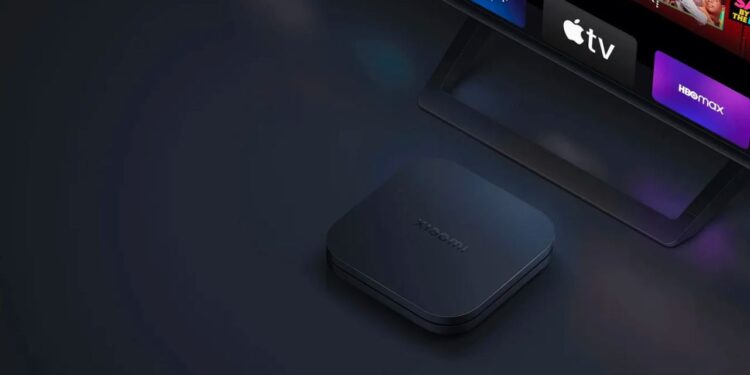The Xiaomi Mi Box S, remember it? It was – and still continues to be – a decent streaming device from the Chinese company.
Now, it has a successor. The new Xiaomi TV Box S is set to hit the international market soon, picking from where the Mi Box S, which has been a darling since its release 5 years ago, left. The Mi Box S itself had picked up from where the OG Mi Box left (I still have mine and continue to use it), after getting the world hooked on the Xiaomi juice 2 years earlier in 2016.
While, definitely, there are notable upgrades to the hero streaming box from Xiaomi, other than the obvious dropping of the “Mi” branding like Xiaomi did with the phones, the most notable one is the company’s decision to go with Google TV over the Android TV that has run on the last two iterations of its streaming box.
If you’re having problems distinguishing Google TV from Android TV then here’s a quick explainer (we hope to share a longer one soon in our Knowledge Base section):
Android TV is a television platform powered by Android, the mobile operating system. As such, it offers users access to the Play Store, availing applications and games developed specifically for big TV screens. Additionally, it allows users to interact with it using the Google Assistant (voice) and integrates with Google Cast to allow the casting of audio and video content on TVs universally from any compatible Android devices (smartphones and tablets).

Google TV, on the other hand, is not a platform like Android TV but, rather, an interface that works on top of Android TV. It exists out of the need to modernize Android TV and what it offers. Google TV allows users easy access to live TV programming which is integrated there, easy management of their smart homes and other connected and compatible smart devices as well as the most visible feature: more personalized content, some sorted by AI, front and centre. In the background, Android TV handles everything as the backbone on which everything is built.
According to Google, both Android TV and Google TV run on over 150 million streaming boxes and televisions worldwide.
From the above distinction between the two, it is easy to see why Xiaomi, and any other TV maker and maker of streaming boxes, will opt to slap the Google TV interface on their device over the traditional ageing Android TV looks.
The software aside, the Xiaomi TV Box S (second gen) also features 2GB RAM, 8GB internal storage, an unnamed quad-core processor using A55 cores, an HDMI 2.1 port, a USB 2.0 port and a 3.5mm audio jack. It outputs content in 4K and supports Dolby Vision HDR, HDR10+ and Dolby Atmos.

A redesigned remote controller that communicates with the connected TV and the streamer either via Bluetooth (the box supports Bluetooth 5.2 and dual-band Wi-Fi as far as wireless connectivity options go) or infrared since it has an IR blaster, and offers easy access to popular streaming platforms like Amazon Prime Video and Netflix as well as YouTube is also included.











